Introduction
In the world of logistics and transportation, skeletal trailers have gained traction for their versatility and efficiency. This article delves into the critical aspect of skeletal trailer height, a topic that affects not only the manufacturers but also drivers, fleet owners, and logistics providers. Understanding the nuances of skeletal trailer height can lead to better decision-making and enhanced operational efficiency.
What is a Skeletal Trailer?
A skeletal trailer is a specialized type of trailer primarily used for transporting shipping containers. Unlike traditional trailers that feature a solid base, skeletal trailers are designed with a minimal structure, allowing for easy loading and unloading of containers. These trailers typically consist of a frame that includes a pair of side rails and several cross members, which keeps the weight down and provides flexibility for varying load dimensions.
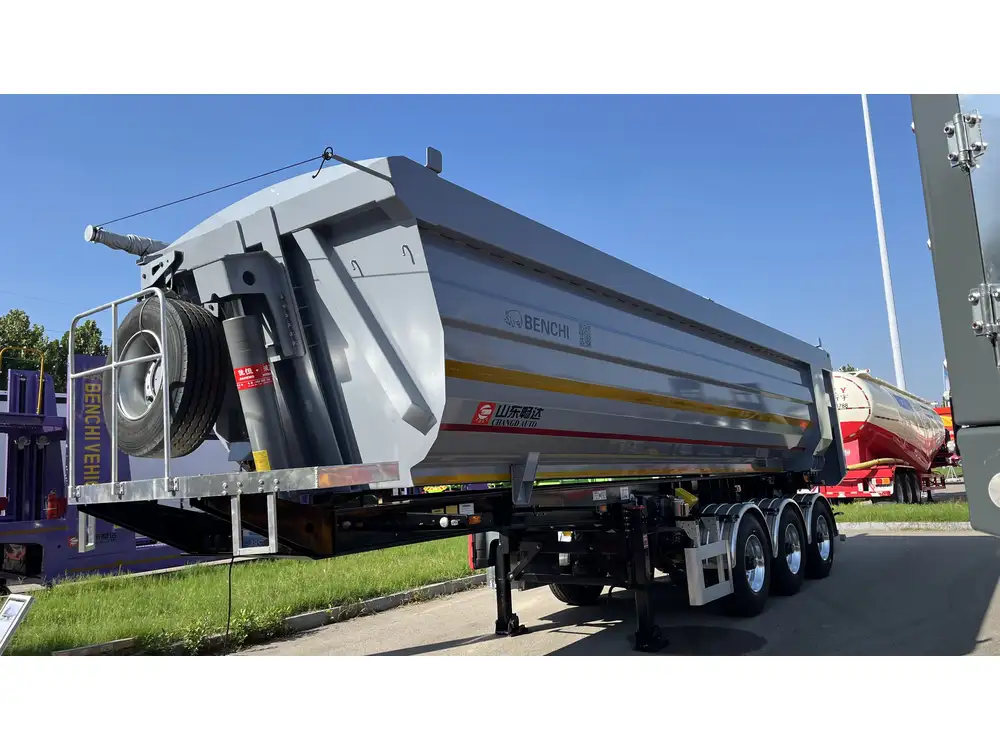
Key Features of Skeletal Trailers
| Feature | Description |
|---|---|
| Minimal Structure | Lightweight frame optimized for container transport. |
| Variable Heights | Designed for different container sizes, commonly 20ft and 40ft. |
| Adjustable Axles | Many skeletal trailers come equipped with adjustable axles that can impact height. |
| Durability | Constructed from high-strength steel for longevity and resilience. |
The Importance of Height in Skeletal Trailers
Compliance with Regulations
For those in the transportation industry, adhering to height regulations set by various jurisdictions is paramount. Different regions may have specific height restrictions imposed on vehicles, aiming to ensure safety on roads, particularly in areas with low bridges or overhead infrastructure.

Key Regulations
- Federal Standards: In the United States, the maximum allowable height for a combination vehicle (including a trailer) is typically 13.5 feet (approximately 4.1 meters).
- State Regulations: Some states may impose lower limits; hence, it is essential to check state-specific guidelines.
- Weight Distribution: Not only the height but how the weight is distributed on the trailer can impact compliance.
Impact on Cargo Strapping and Stability
The height of the skeletal trailer also plays a significant role in how cargo is secured. An improper height may lead to difficulties in strapping down containers effectively.
- Low Profiles: Trailers designed with a lower height can help in maintaining a center of gravity, resulting in improved stability during transit.
- Cargo Securement: It’s easier to achieve a tight and secure fit without excessive vertical clearance.
Optimization for Aerodynamics
Aerodynamic performance significantly impacts fuel efficiency during transport. A lower trailer height can reduce wind resistance, thereby contributing to lower operational costs.
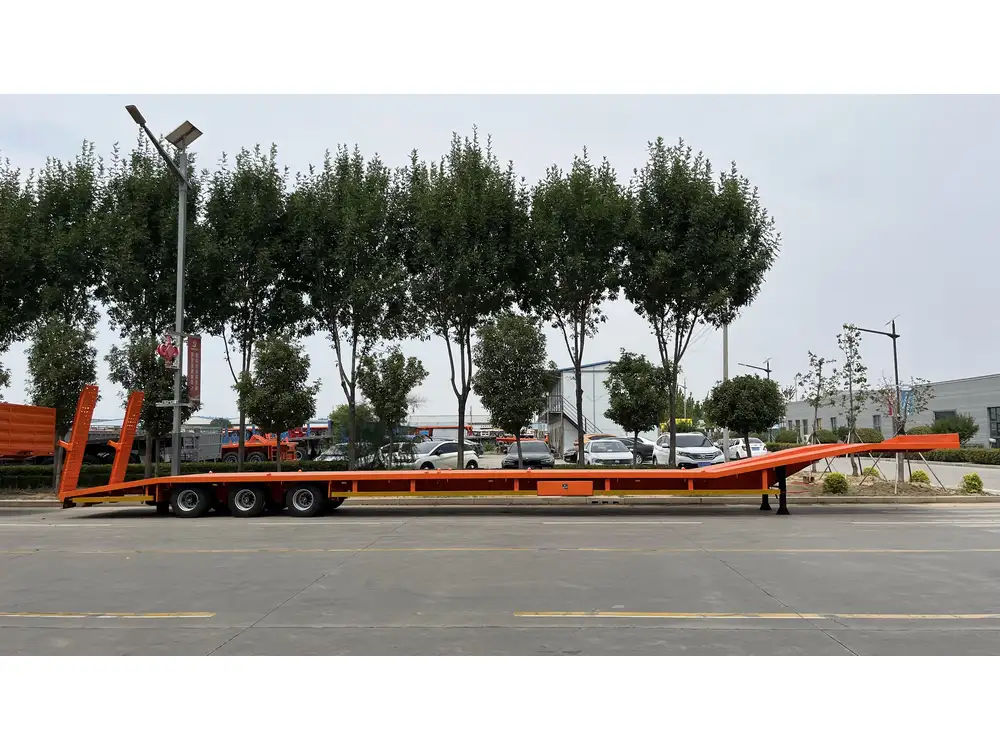
Factors Influencing Skeletal Trailer Height
Trailer Design and Construction
The inherent design and construction of a skeletal trailer dictate its default height. Trailer manufacturers often take into account the intended usage, whether for intermodal transport or over-the-road applications.
- Frame Material: Lightweight materials like aluminum can potentially lower the height.
- Axle Configuration: The arrangement of axles can influence the trailer’s height profile.
Container Dimensions
Containers vary in height, which subsequently affects how a skeletal trailer is designed. Standard container sizes are typically 20 feet, 40 feet, and occasionally 45 feet.
| Container Size | Height (approximate) | Common Use |
|---|---|---|
| 20ft Container | 8.5 feet | Ideal for standard cargo loads |
| 40ft Container | 8.5 feet | Versatile for various shipments |
| 45ft Container | 9.5 feet | Used for larger freight loads |
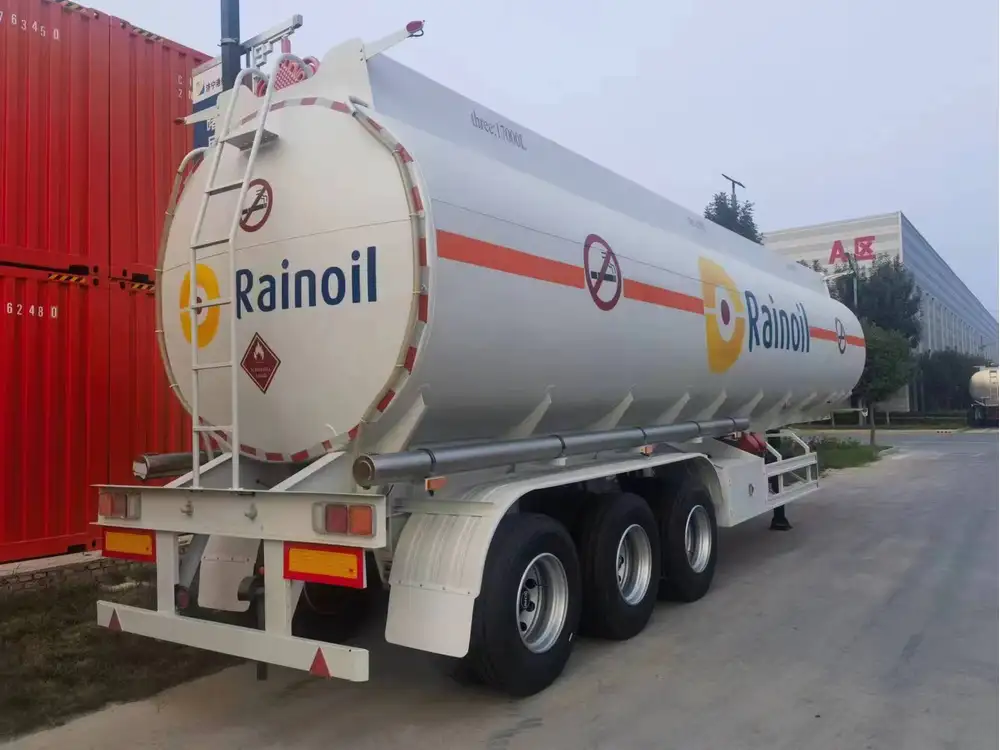
Load and Weight Considerations
The load carried by a skeletal trailer directly influences its height. Heavy loads require specific structural integrity that insists on maintaining a certain height to ensure safety and stability.
- Standard Weight Distribution: Knowledge of load weight and distribution will assist in the design of the trailer to maintain an appropriate height.
Measuring Skeletal Trailer Height
Accurate measurement of skeletal trailer height is crucial for both regulatory compliance and effective operational planning. Here’s the process for measuring:
- Prepare the Trailer: Ensure that the trailer is on a flat surface.
- Use a Measuring Tape: Measure from the ground to the highest point of the trailer structure. This typically includes any fittings or equipment attached.
- Account for Load Variations: Measure both with and without a container to understand the height changes during typical usage.
Common Measurement Practices
- Including Container Height: It may be beneficial to measure the total height with an attached container for an overall understanding of transport impact.
- Documenting Measurements: Keeping a log of trailer heights with various container types can assist in optimal planning.
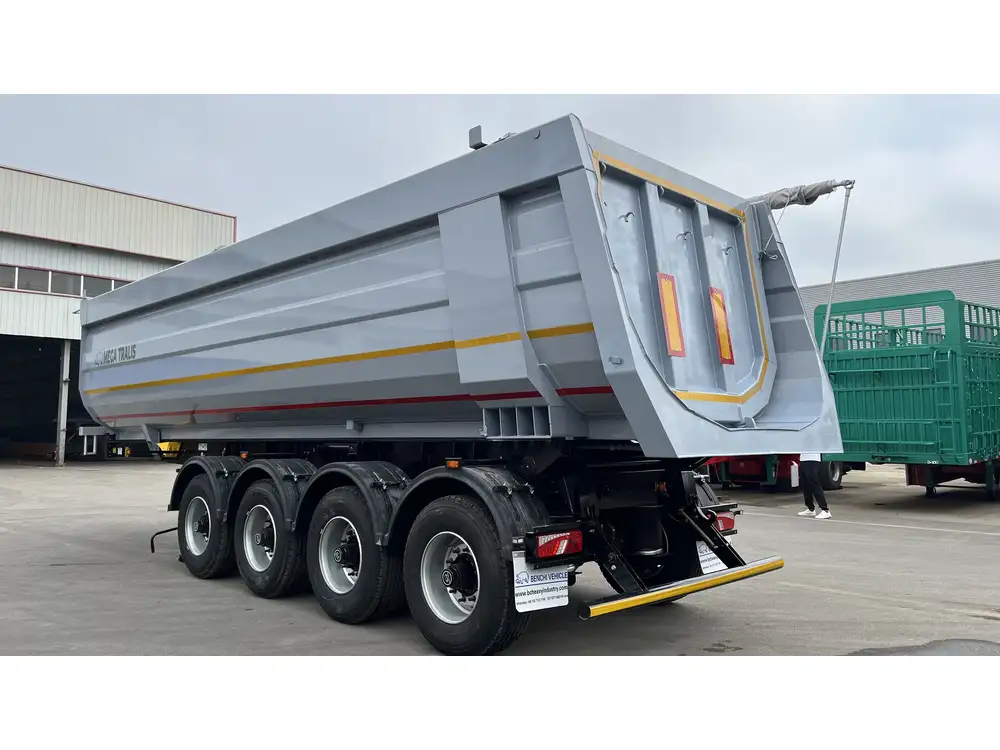
Choosing the Right Skeletal Trailer Height
When selecting the height for a skeletal trailer, several considerations come into play, such as:
Intended Use
Understanding the purpose of the trailer is essential. Are you primarily transporting standard shipping containers, or do you require a flexible setup for different types? This will guide your decision on the ideal trailer height.
Compliance Needs
Always factor in statutory height regulations based on geographies your fleets will operate. Compliance is non-negotiable for safe and lawful operations.
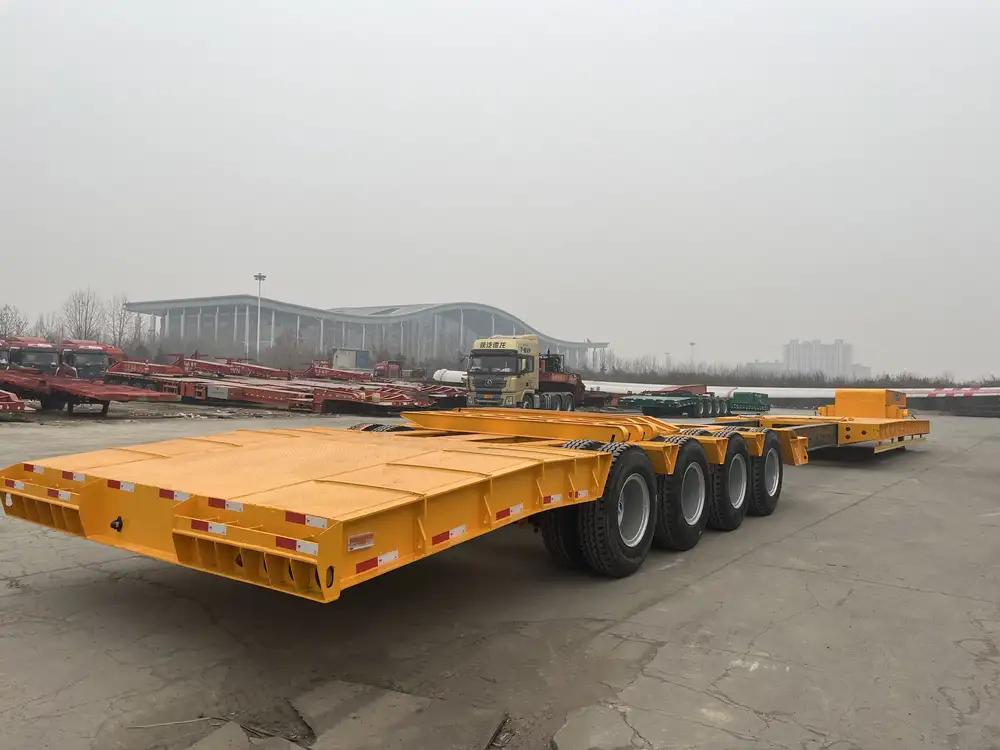
Performance Metrics
Consider operational metrics such as fuel efficiency, stability while driving, and the ability to navigate urban environments with lower clearances.
Enhancements in Skeletal Trailer Technology
Introduction of Adjustable Height Mechanisms
Recent advancements in trailer design have introduced adjustable height mechanisms that allow operators to modify the trailer height according to specific transport requirements.

Smart Trailer Technologies
Modern technologies integrating IoT capabilities enable fleet managers to monitor trailer conditions in real-time. Sensors can warn when trailer heights exceed limits, enhancing compliance measures.
Use of All-Weather Materials
The adoption of all-weather materials ensures that performance is not only maintained in regular conditions but also during extreme weather situations, where height may impact cargo security.
Conclusion
Navigating through the complexities of skeletal trailer height is pivotal for manufacturers, fleet owners, and users in the logistics industry. By understanding regulatory requirements, the importance of stability and aerodynamics, as well as the technological innovations in trailer design, industry stakeholders can enhance their operational efficiency and compliance.

FAQs about Skeletal Trailer Height
1. What is the maximum height of a skeletal trailer?
The maximum height for a skeletal trailer, including containers, typically should not exceed 13.5 feet in most jurisdictions. Always check local regulations for specifics.
2. How does the height affect fuel efficiency?
Lower trailers generally experience less wind resistance, contributing to improved fuel efficiency during transportation.

3. Can I modify my skeletal trailer height?
Modifications can be made depending on the design and materials of your trailer. Consult with the manufacturer for the best practices regarding alterations.
4. How do I ensure my cargo is stable at different heights?
Utilizing proper load secured equipment and understanding center of gravity dynamics will ensure stability across varying heights.
By comprehending and navigating these essential aspects of skeletal trailer height, we not only ensure compliance but create a foundation for success in logistics and transportation.



